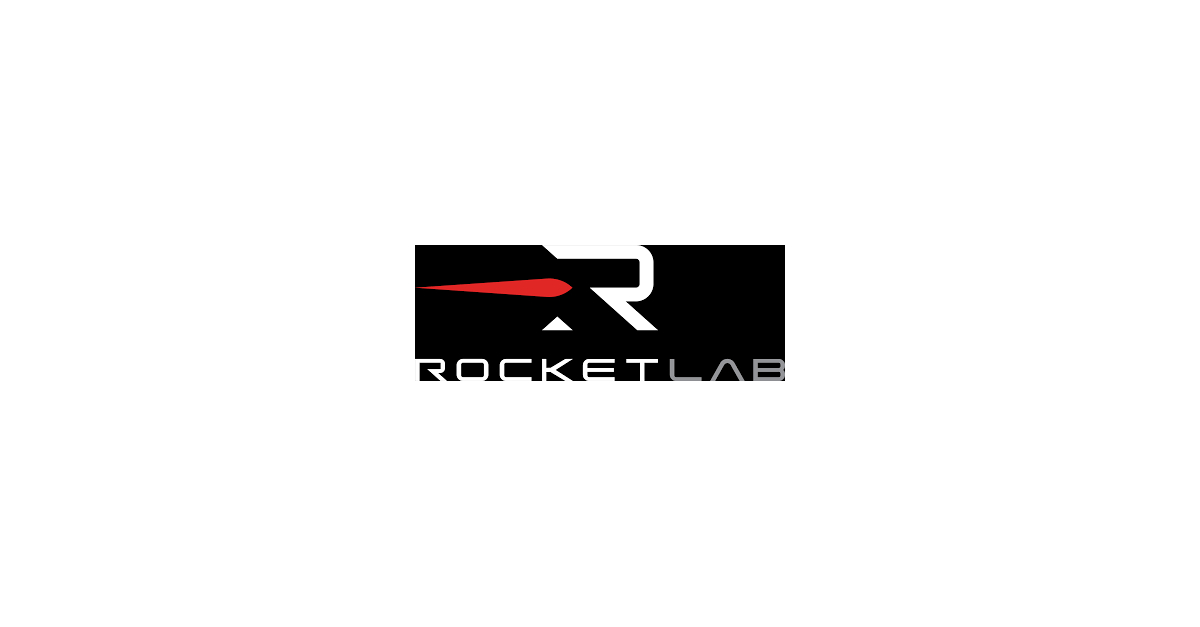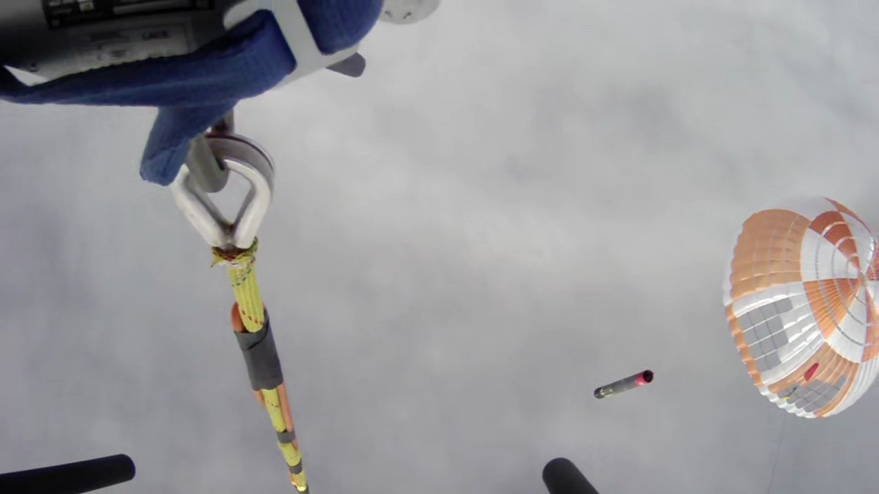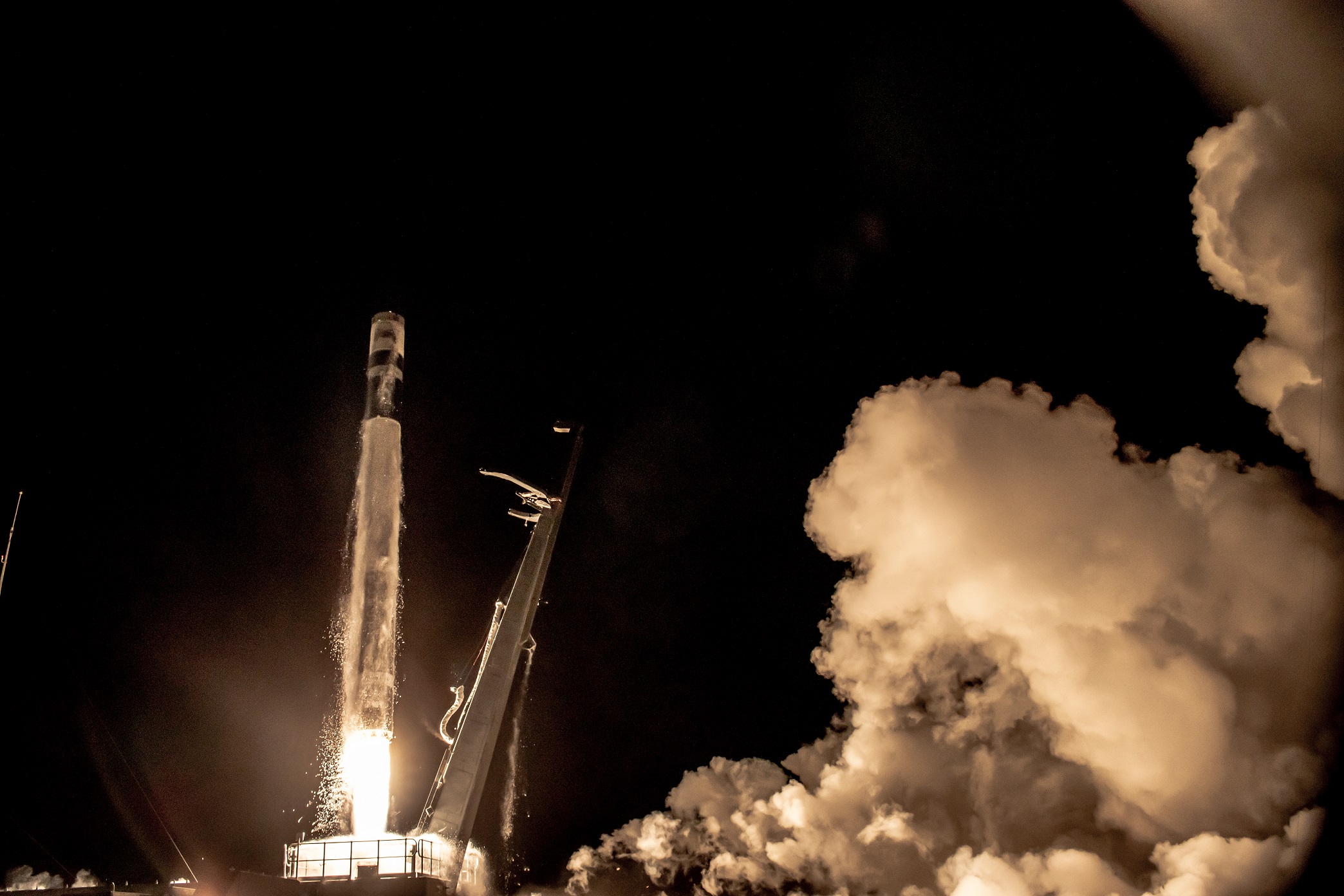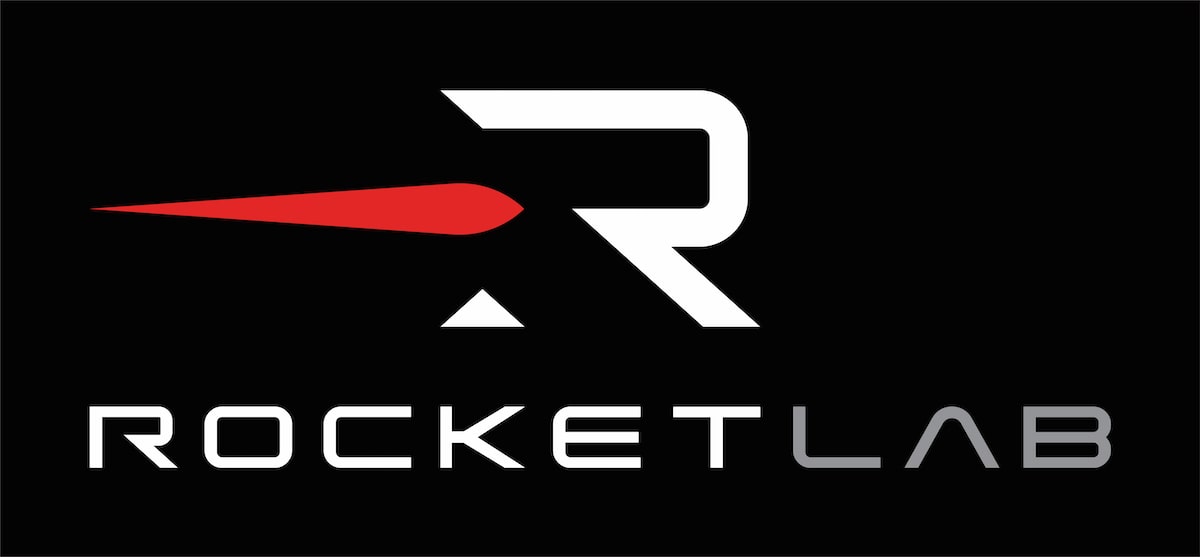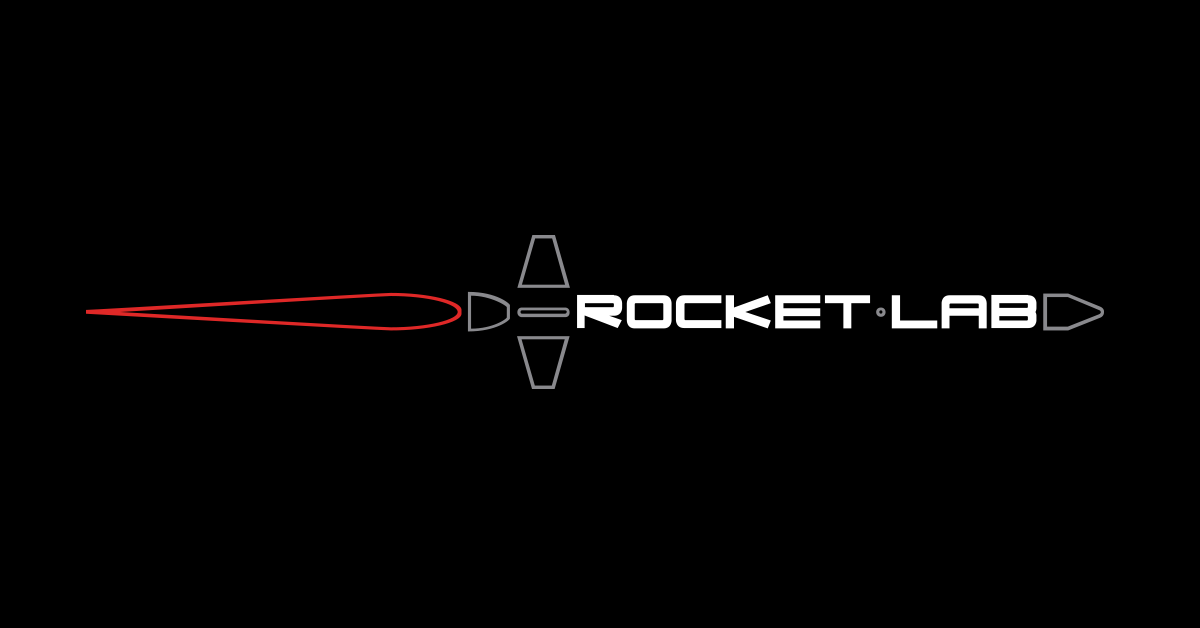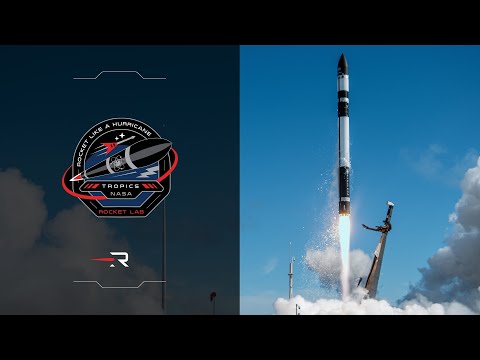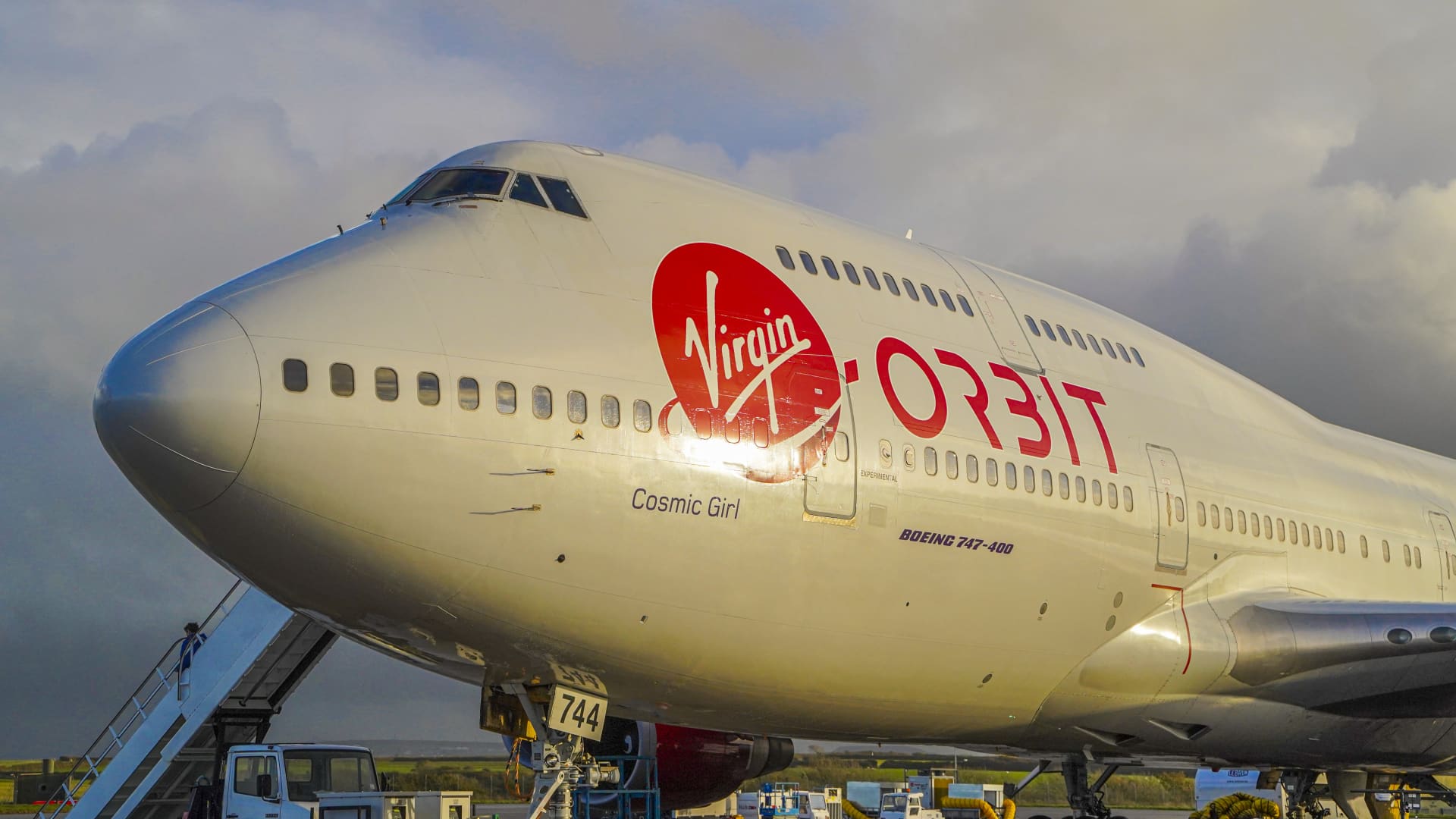Rocket Lab Selects NASA Stennis Space Center for Neutron Engine Test Facility
09/21/2022
Construction to Begin on Archimedes Test Complex in Mississippi in a Major Fast-Tracking of the Neutron Launch Vehicle to First Launch
LONG BEACH, Calif.--(BUSINESS WIRE)-- Rocket Lab USA, Inc (Nasdaq: RKLB) (“Rocket Lab”, or “the Company”), a leading launch and space systems company, today revealed it has selected NASA’s historic Stennis Space Center in Mississippi as the location of its engine test facility for its reusable rocket, Neutron.
The Archimedes Test Complex will be located within the larger A Test Complex at Stennis Space Center across a 1 million square foot area for 10 years, with an option to extend the lease for an additional 10 years. The Archimedes Test Complex will include exclusive use and development of existing industrial NASA infrastructure and the Center’s A-3 Test Stand to develop and test Neutron’s Archimedes reusable engines. Rocket Lab has also secured a capital investment incentive from the Mississippi Development Authority to further develop the facilities and infrastructure at Stennis for Neutron. By expanding Stennis Space Center to include the Archimedes Test Complex, Rocket Lab is expected to create dozens of new jobs and make significant capital investments in the state of Mississippi.
Neutron is Rocket Lab’s reusable rocket in development, designed as a cost-effective, reliable, and responsive launch service to help build mega-constellations, deliver large spacecraft to low-Earth orbit, geostationary orbit, and interplanetary destinations, and to support a sustained human presence in space. Neutron will be powered by in-house designed and manufactured Archimedes reusable rocket engines and an advanced upper stage to enable high performance for complex satellite deployments.
Rocket Lab Founder and CEO, Peter Beck, says: “Before rockets flew to the Moon, they first had to go through Mississippi, and as we build a new rocket to reshape space access once again, Stennis is a fitting location for Neutron. Creating a test complex from scratch to the scale and complexity needed to test and develop Archimedes would have had an inconceivably long lead time, so the fact that we’ve secured Stennis and can leverage its existing infrastructure and test stand puts us on the fast-track to Neutron’s first launch. The icing on the cake is having fantastic partners like NASA and the state of Mississippi behind us to bring innovative rocketry, economic development, and new jobs to the Gulf Coast.”
Rocket Lab Vice President – Launch Systems, Shaun D’Mello, says: “The strong support, readiness and flexibility from NASA Stennis and Mississippi to bring engine test operations for Neutron to the state made Stennis the ideal location over other potential sites. Stennis Space Center’s legacy in rocket engine testing, established infrastructure, and skilled workforce will be both a boost to Neutron’s development and help grow Mississippi’s already robust aerospace test capabilities, securing a future for the state in innovative technology development.”
Rocket Lab expects to begin construction on the Archimedes Test Complex at Stennis Space Center quickly. At the same time, construction is continuing at pace on the Neutron Production Complex and launch site at Wallops Island, within the NASA Wallops Flight Facility and Mid-Atlantic Regional Spaceport on Virginia’s Eastern Shore. Combined, the two sites represent over two million square feet of operations for Neutron’s production, testing, and launch facilities. Further Neutron expansion will continue throughout the United States as the program develops toward first launch.
ADDITIONAL COMMENTS
The Governor of Mississippi, Tate Reeves: “When it comes to the aerospace industry, it’s all systems go in Mississippi. That’s because our state offers a prime location for innovative research, well-trained workers, and innovative technology development. Rocket Lab is a wonderful addition to the impressive range of global leaders who call NASA’s Stennis Space Center home and I’m excited to welcome them here.”
U.S. Senator Roger Wicker: “American leadership in outer space runs through Mississippi, and it is great to see more companies partnering with Stennis Space Center as a growing hub of our nation’s aerospace industry. I appreciate that Rocket Lab is using Stennis’s 'A-3' test stand, which Congress saved from demolition in 2010. Rocket Lab will bring quality jobs and technology to Mississippi for years to come.”
U.S. Senator Cindy Hyde-Smith: “The Stennis Space Center has a special place in American aerospace history, and Mississippi eagerly welcomes Rocket Lab to use this fantastic test facility to add to this legacy. Its work will continue Stennis’ key role in development and testing of the engines that will help usher in a new generation of achievements in aerospace and space exploration. I particularly appreciate that the Rocket Lab agreement involves partnership with NASA, the State of Mississippi, and our wonderful Gulf Coast.”
U.S. Congressman Steven Palazzo: “I applaud Rocket Lab on their decision to utilize the unique facilities at Stennis Space Center to further their space missions,” said Congressman Steven Palazzo. “South Mississippi has long been a staple in the pathway to space for both the public and private sectors. Not only the infrastructure, but the people too, create a receptive environment for business partnerships. I look forward to Rocket Lab’s future at Stennis and in space innovation and exploration.”
 advancedspace.com
advancedspace.com

